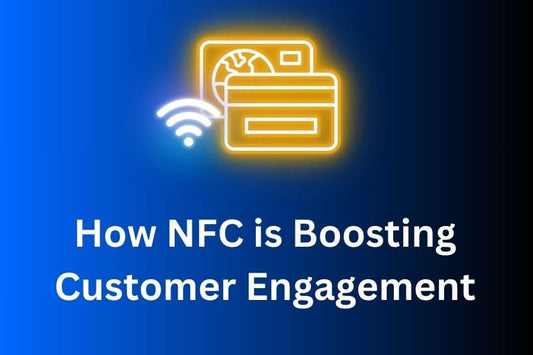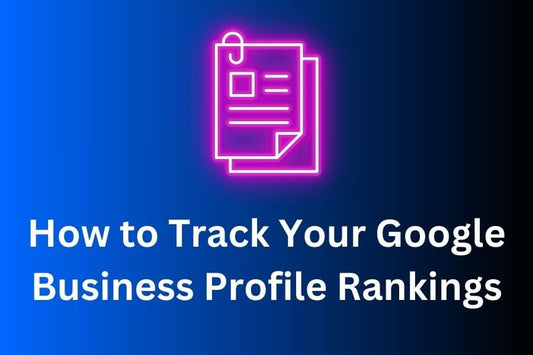If you want your business to thrive in your local area, it’s essential to rank high in local search results. When potential customers search for services in your region, you want your business to appear at the top. But how do you achieve that? In this post, we’ll explore actionable tips and tricks to help your business rank higher in local search results and increase visibility.
Tip 1: Optimize Your Google Business Profile (GBP)
One of the most important factors in local SEO is having a fully optimized Google Business Profile (GBP). Here’s how you can optimize your profile for higher rankings:
- Complete Your Profile: Make sure every field is filled out, including your business name, address, phone number (NAP), business hours, and website link.
- Select the Right Categories: Choose the most relevant primary category for your business, and don’t forget to add secondary categories if applicable.
- Add High-Quality Photos: Businesses with photos receive 42% more requests for directions and 35% more click-throughs to their website, according to Google.
- Keep Information Updated: Ensure that your business hours, contact information, and special hours (e.g., holidays) are always current.
Tip 2: Ensure NAP Consistency Across the Web
NAP consistency refers to ensuring your business’s Name, Address, and Phone number are identical across your website, Google Business Profile, and other directories. Here’s why it matters:
- Google Trust: Inconsistent NAP information can confuse Google and hurt your local rankings.
- Citations: NAP information is often included in citations (mentions of your business on other websites), and inconsistencies can dilute their value.
How to ensure NAP consistency:
- Audit Your Listings: Check all your listings on directories, review platforms, and social media to make sure your business’s NAP info is consistent.
- Use a Listing Service: Tools like WhiteSpark’s Listings Service can help you manage your citations and keep NAP information consistent across multiple platforms. Use this affiliate link to save 10% on WhiteSpark’s services.
Tip 3: Use Local Keywords on Your Website
Incorporating local keywords into your website content is crucial for ranking higher in local searches. Here’s how to optimize your content for local keywords:
- Include Location-Specific Keywords: For example, instead of using “plumbing services,” use “plumbing services in [City Name].”
- Optimize Your Meta Tags: Include local keywords in your title tags, meta descriptions, and headers to help search engines associate your business with local queries.
- Create Location-Based Pages: If you serve multiple areas, create dedicated landing pages for each location with tailored content that highlights your services in that area.
Tip 4: Build Local Citations
Citations—mentions of your business’s NAP information on other websites—are a key factor in local SEO. Citations from authoritative and relevant websites can help Google trust your business more. Here’s how to build and manage local citations:
- Submit to Relevant Directories: Make sure your business is listed in local and industry-specific directories (e.g., Yelp, Yellow Pages, industry forums).
- Ensure Accurate Information: Always ensure your NAP information is accurate and consistent in every citation.
- How WhiteSpark Can Help: Use WhiteSpark’s Local Citation Finder to discover new opportunities for building citations and ensure they’re accurate. Click here to access WhiteSpark with our affiliate discount.
Tip 5: Gather Positive Google Reviews
Google reviews are an important ranking factor for local SEO. Businesses with more positive reviews tend to rank higher in local searches. Here’s how to gather more Google reviews:
- Ask for Reviews After a Service or Sale: Train your team to ask for reviews in person after a successful transaction or service.
- Use NFC Technology: Simplify the review collection process by using NFC Google Review Stands or NFC Google Review Cards. These tools allow customers to leave a review with just a tap, increasing the likelihood of feedback.
- Respond to Reviews: Engaging with customer reviews (both positive and negative) shows that you care about feedback, which can improve your local SEO rankings.
Tip 6: Optimize for Mobile Search
With more people searching on mobile devices, optimizing your website for mobile search is essential for local SEO success. Here’s how:
- Mobile-Friendly Design: Ensure your website is responsive, meaning it adjusts to fit the screen size of any device.
- Fast Loading Times: Page speed is a ranking factor. Use tools like Google’s PageSpeed Insights to check and improve your website’s loading time.
- Click-to-Call Buttons: Make it easy for mobile users to call your business directly from your website with a clickable phone number or button.
Tip 7: Leverage Google Posts
Google Posts are a feature of Google Business Profiles that allow you to share updates, promotions, or special offers directly on your GBP. These posts appear in your profile and can help engage potential customers and improve your local ranking.
- Create Engaging Content: Use Google Posts to promote events, share blog posts, or highlight special offers. Include a call-to-action (CTA) to encourage customers to take action.
- Keep Posts Updated: Google Posts only last for seven days, so updating your profile regularly can keep your business fresh and relevant in search results.
Conclusion
Ranking higher in local search results is key to attracting more customers and driving business growth. By optimizing your Google Business Profile, ensuring NAP consistency, gathering reviews, and using local keywords, you can significantly improve your local SEO. Implement these tips and tricks to stay ahead of your competitors and rank at the top of local search results.





